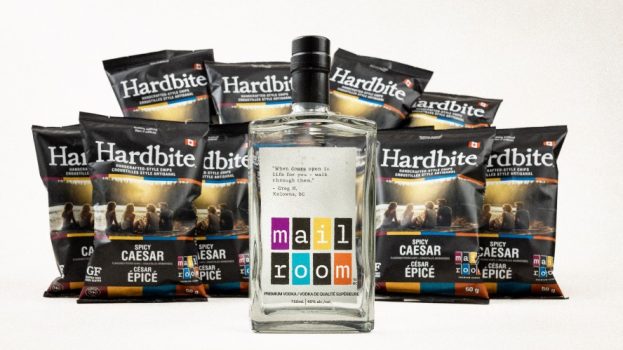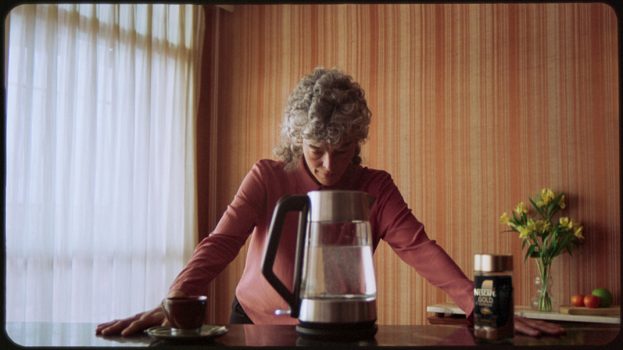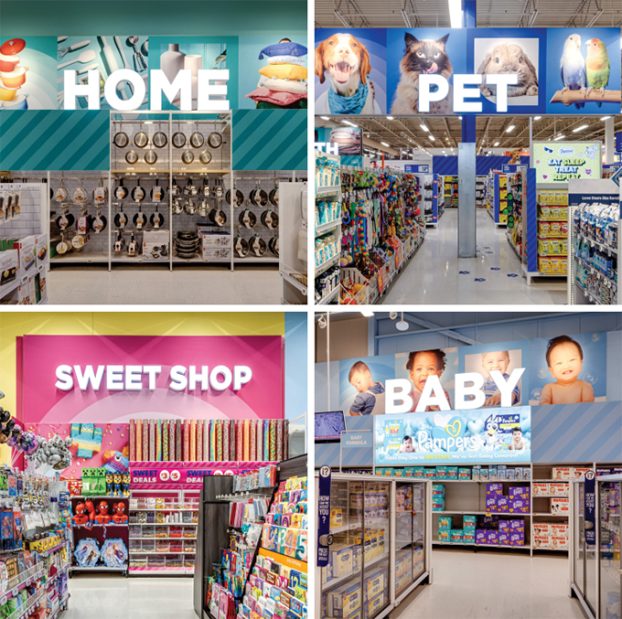Campbell says its winning soup strategy continues to show better-than-expected results, even as net income and sales declined from the year prior.
For Q1, while adjusted EPS beat estimates, net income totaled $261 million USD, down from $309 million last year. Sales were down to $2.236 billion USD from $2.340 billion USD the year prior.
President and CEO Mark Clouse referred to it as a “solid” quarter, as compared to the first quarter of fiscal 2020, as net sales increased 2% and organic net sales increased 5% year-over-year.
Marketing and selling expenses, however, decreased 18% to $170 million USD, driven by lower advertising and consumer promotion levels.
With anticipated supply chain issues, the marketing spend was “surgical in nature,” Clouse says, put against places where it knew it would be in a position where it was going to be harder to meet demand.
However, Clouse says, Campbell’s does not want to go below certain threshold spend levels to jeopardize progress it’s made in acquisition and retention of incremental households on important businesses like soup and Goldfish.
Marketing spend is currently around 8% of net sales. Clouse wants it in the 9% to 10% range, and that’s closer to what it will see as it moves ahead into the new year: a “return to normality.”
Sales of U.S. soup decreased 2%, cycling a 21% increase in the prior-year quarter, due to declines in ready-to-serve soups and condensed soups, partly offset by gains in broth.
But other KPIs in areas of the soup portfolio remain positive. Despite the sales dip, ready to serve increased its share growth for the quarter. Chunky Soup increased sales by 8% for the quarter and grew share by 0.6 points, despite elevated promotional levels from the competition, he says.
Chunky’s advertising has been “really effective” Clouse says, and it wants to “keep the pressure on” for that brand this as private label is adding “a little bit of pressure,” to the category.
“The winning soup strategy continues to show positive results,” Clouse says. Household penetration is also ahead of prior year, as dollar spent per buyer up. There is “strong, persistent consumer demand” Clouse says.
Quick scratch cooking behaviour is continuing, he reports. “We are seeing need for quicker meal preparation as consumers shift to hybrid work arrangements,” Clouse says, adding that growth is being driven by millennials.
“Across the meals and beverage portfolio, we continue to show strong performance with younger households,” Clouse says, on nearly all key brands. The dynamic is a “very important indicator,” as it taps a new generation of consumers.
For its snacks portfolio, net sales in the quarter, both reported and organic, decreased 1%. Declines were partially offset by gains in Goldfish crackers and Pepperidge Farm cookies. Sales of power brands increased 3%.
“We are pleased to see repeat rates…ahead of prior year,” he says. Goldfish performed very well, increasing share by 0.5. This is behind strong marketing activation and improved performance with multipacks and flavour innovations. Innovation a key growth driver for Goldfish. It’s broadening appeal beyond kids too: 60% of buyers, he says, are actually households without kids
























